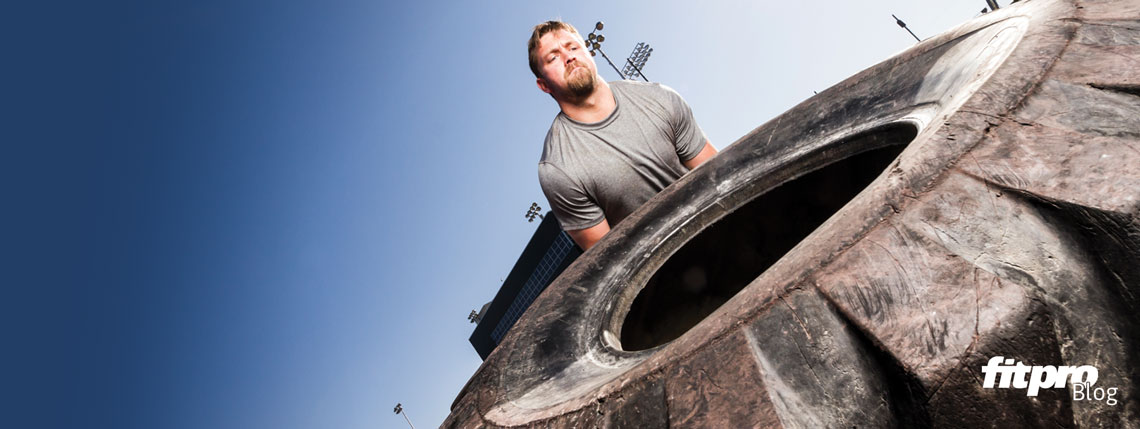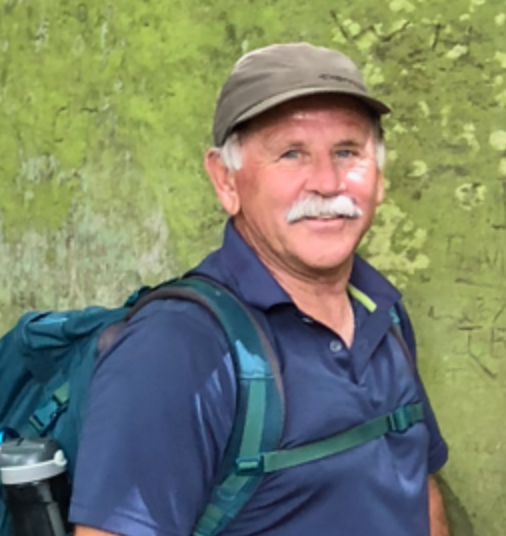Paul Batman reports on the decline of the strongmen and pits a neanderthal against modern man in an arm wrestling contest.
As a child growing up in Australia, I was always impressed with strongmen performances. I would miss school and go to carnivals and be captivated by the amazing feats of strength of the strongmen in sideshow alley. These men were often half naked, dressed in loincloths and treated as oddities by those who went to see them. They performed an array of rare and crazy strength activities.
Many of the famous strongmen of the 19th century initially came from hard-working backgrounds. Strongmen like Louis Uni, known by his stage name Apollon, reportedly lifted 175kg and then held it in one hand above his head while balancing on one leg, before throwing it up in the air and catching it with his elbows!
Another noted strongman of the same era was Thomas Topham, who stood at 1.76m and weighed less than 90kg. He was well known for lifting large weights greater than 175kg above his head, bending and unbending steel rods 75mm in diameter and breaking ropes of 1,000kg capacity. Pretty impressive stuff, or so it seems.
So, who was the strongest? Our ancestors or us?
To answer this question, we need to go back and look at the strength of our Neanderthal cousins.
Peter McAllister, in his brilliant book Manthropology, decided to measure the strength between our Neanderthal cousin and the 2004 world arm wrestling champion Alexey Voyevoda. In the red corner, he selected a 153cm/80kg Neanderthal female as the challenger, with surprising results.
McAllister reported that the Neanderthal female would have had bigger biceps than the average modern man – her cross sectional area of her biceps being 16% larger than modern man – and she possessed a shorter forearm, which altogether translated into a lower mechanical disadvantage, important for arm wrestling.
The last advantage that our Neanderthal female cousin possessed was a biceps attachment that wound around her forearm, giving her increased strength in rotating the wrist. This advantage was added too by an increased muscle mass of other forearm muscles and increased forearm bone strength.
With these mechanical advantages, our Neanderthal female was almost unbeatable in two arm wrestling techniques, the hook and the top roll. This was not taking into account the potential differences in muscle fibre types, where our ancient cousin had muscle fibres that were bigger and much stronger.
Voyevoda never stood a chance and would have been soundly beaten! Sadly the Neanderthals became extinct possibly due to climate change. The new question is now, “Why are we now being outperformed by our evolutionary ancestors?”
The answer lies in the increased muscle mass of our ancestors relative to their limb length, which translates into an overall increased strength four times greater than ours!
The muscle mass that we have lost could have been due to freeing up some space for an increase in our brain size. Apparently, the increase in our brain size brought with it a need to feed the greedy brain at the expense of other muscle development.
In theory, our more recent ancestors traded the muscle mass and strength for greater fine motor control that allowed us to make tools and throw objects, necessary for hunting and gathering.
In the past 20 years there has been an explosion of fossil evidence that has allowed anthropologists to compare us to our ancestors. This evidence suggests that over the past million years or so we have lost approximately 40% of our bone mass and muscle strength, most of it in the past 1,000 years.
This would indicate that, over this time, there has been a steady decline in the loads placed on our muscles and bones, mainly due to moving and lifting less, resulting in us no longer being as strong and powerful as our ancestors.
What can we do to claw back some of this strength that we have lost?
For a start, we could go to the gym more often and lift some weights on a regular basis. But as only a small proportion of people attend the gym, we could start by doing more manual things around the home, on our way to work, at work or during our leisure time.
I think the main thing is to find time to stand more, walk more, squat more, lunge more, step up more, push more, pull more and lift more. If we were to increase these movements, who knows? Maybe we could bring back sideshow alley and get a job demonstrating some of those great feats of strength!
Where to next? Check out activation exercises for powerlifting.








